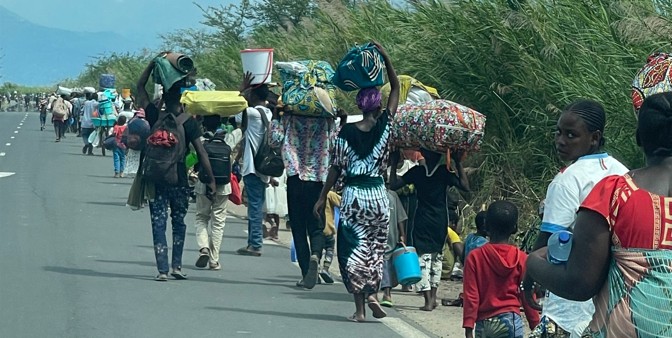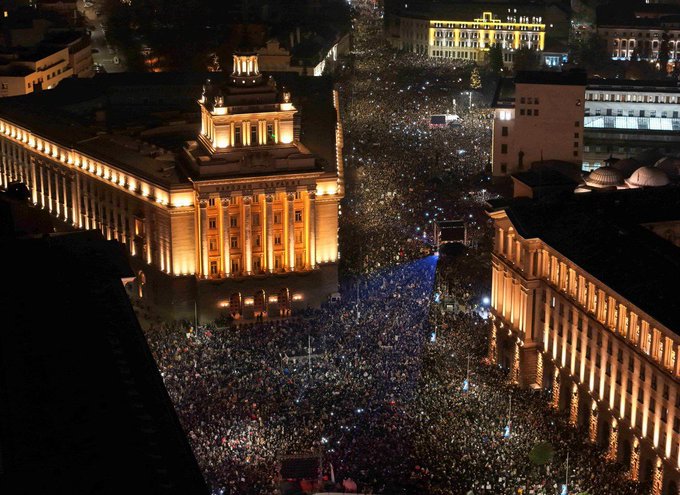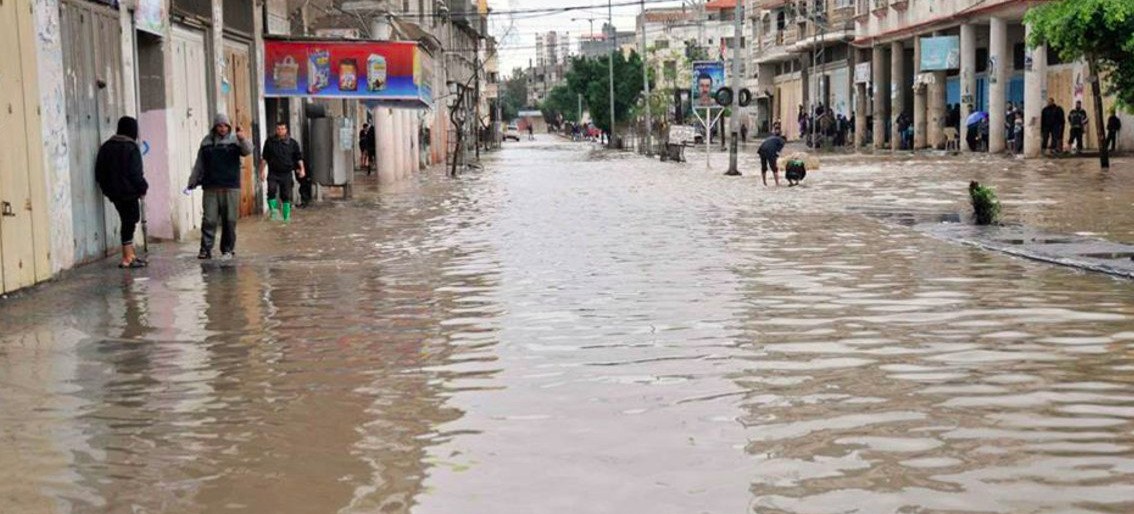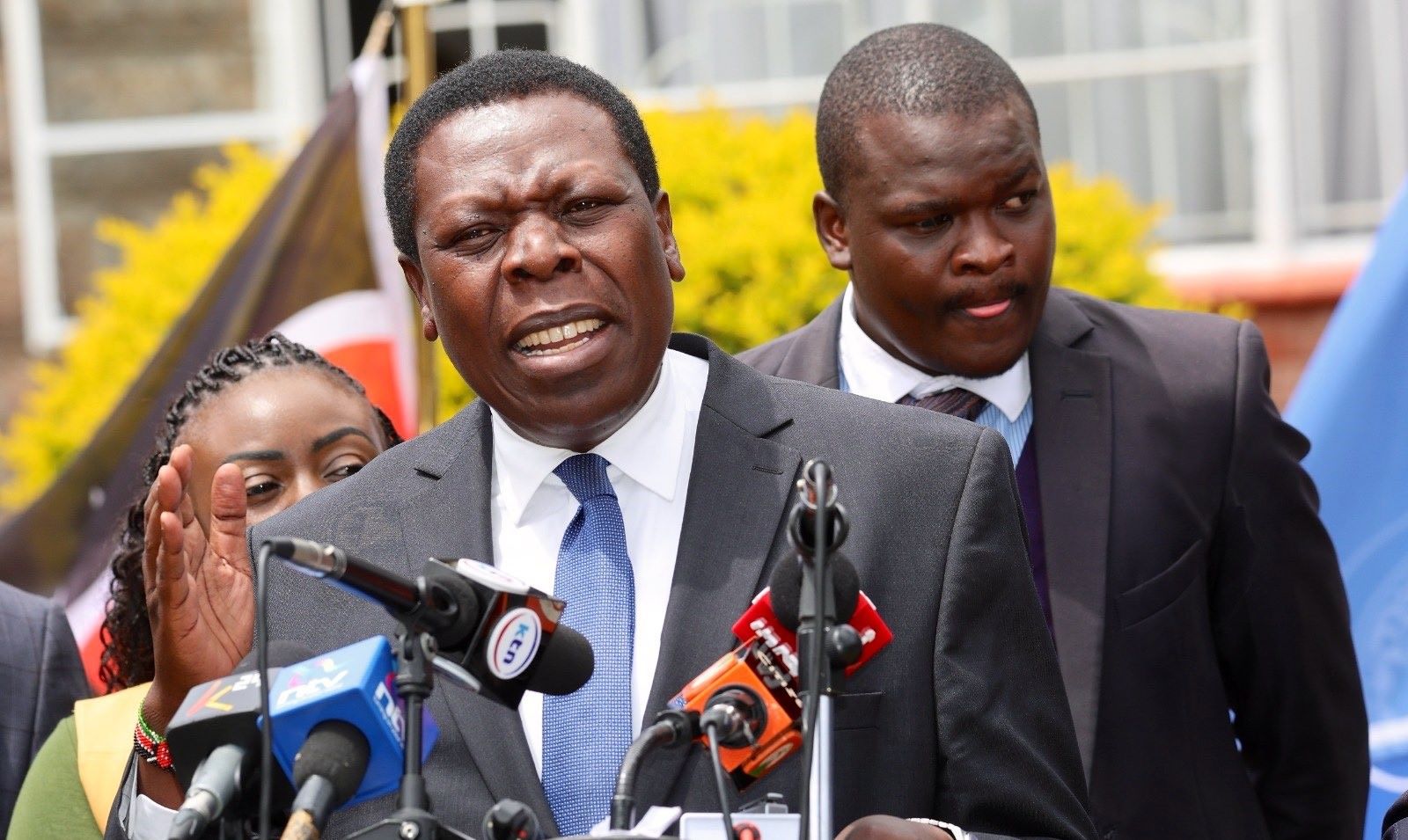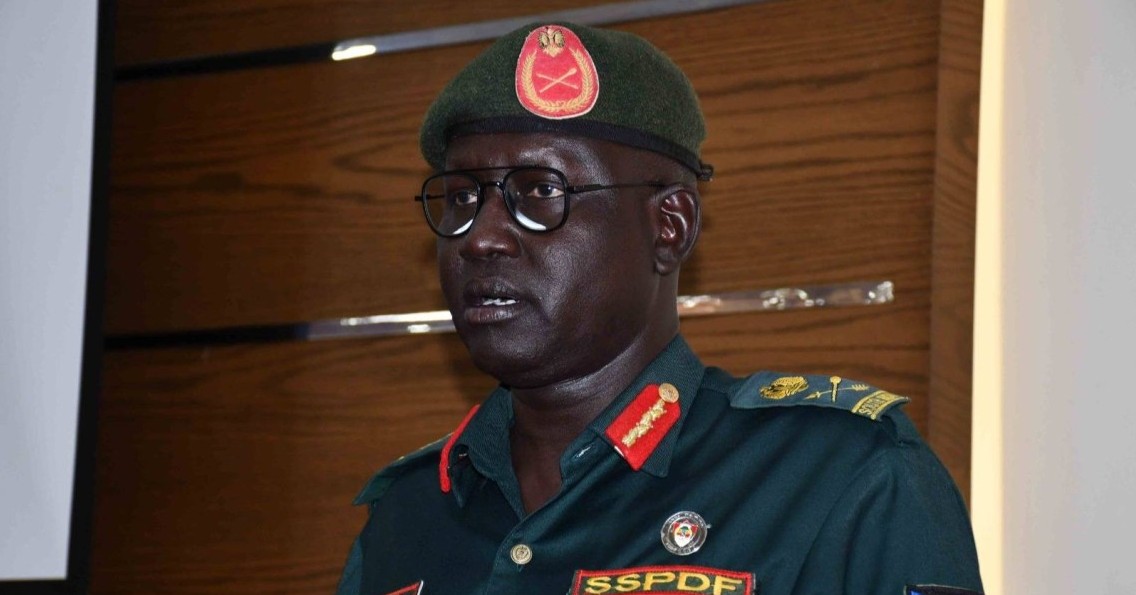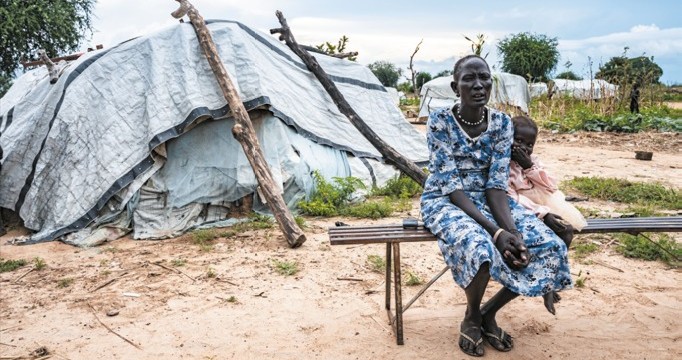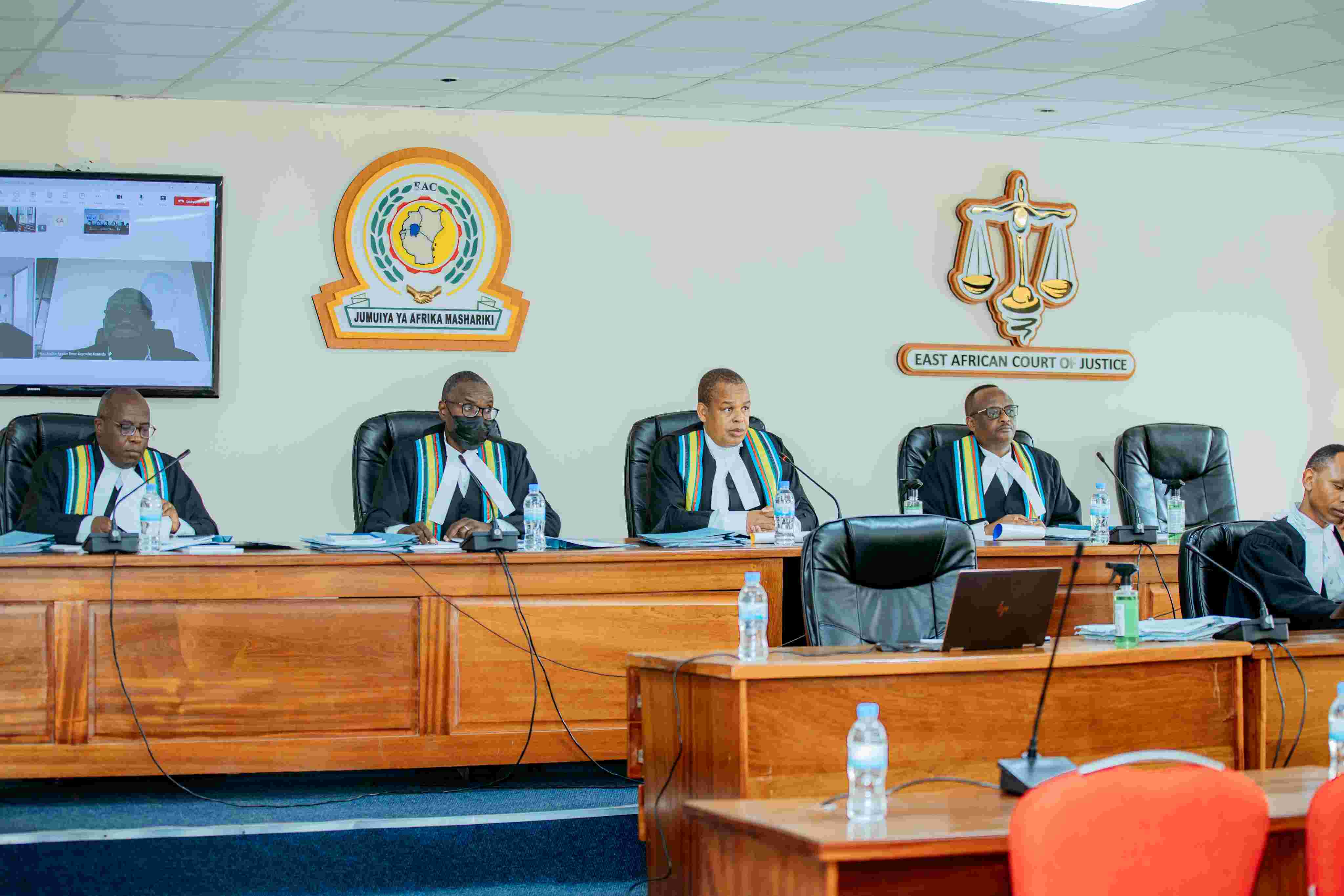Explainer: What happens when pilgrim dies in Mecca
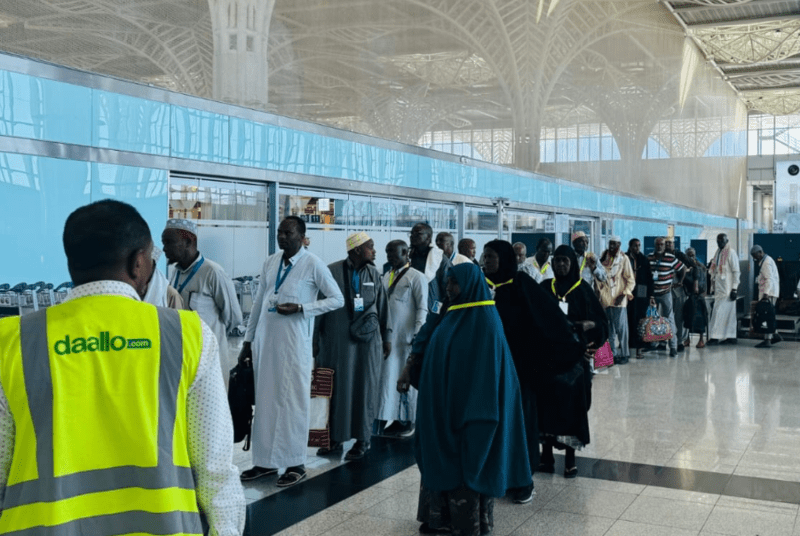
This pilgrimage, while spiritually significant, is also fraught with challenges. Some pilgrims do not return home alive. These deaths can occur for various reasons, including accidents or health issues.
The first group of Somali pilgrims arrived in Mecca earlier this week. For thousands of Somalis, this is the start of their Hajj pilgrimage journey. It marks the commencement of the Hajj pilgrimage journey for thousands of Somalis.
Hajj, one of the five pillars of Islam, requires every Muslim, who can, to perform it at least once in their lifetime. Each year, millions of Muslims from across the globe travel to Mecca, Saudi Arabia, the holiest site in Islam, to participate in this sacred ritual.
More To Read
- Pope Leo visits Istanbul’s Blue Mosque on first foreign journey
- Nigeria dismisses US claims about prosecution of Christians
- Kenya opens Jeddah consulate, deepening Saudi ties
- Kenyans unite against Gaza genocide, call for Israel boycott at Uhuru Park protest
- 5,000 Kenyan Muslims to take part in 2026 Hajj pilgrimage
- Judicial Service Commission advertises five Kadhi posts in fresh judicial recruitment drive
This pilgrimage, while spiritually significant, is also fraught with challenges. Some pilgrims do not return home alive. These deaths can occur for various reasons, including accidents or health issues.
Muslims generally prefer to bury their deceased relatives in local cemeteries to facilitate visiting and praying for them. When death occurs far from home, families often face significant expenses to bring the body back for burial.
Umar Haruna, an Islamic scholar, commented on this practice, saying, "I have never seen anyone die during Hajj and their body returned."
Umar highlighted the religious significance of dying in a holy land, noting that many families, despite their grief, view it as a blessing.
He noted that Islam teaches the importance of burying the dead promptly, typically within 24 hours.
"It is impossible to return the body of a deceased pilgrim within 24 hours, so we bury them within one day in the land of Saudi Arabia," Haruna told the BBC.
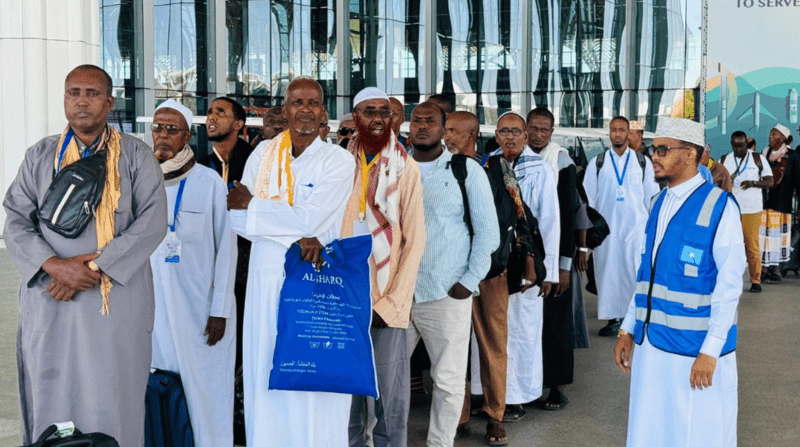 Somali pilgrims arrive in Jeddah ready for this year's Hajj. (Handout)
Somali pilgrims arrive in Jeddah ready for this year's Hajj. (Handout)
Imam Nurudeen, a veteran who has done several multiple Hajj pilgrimages, noted that there are several cemeteries in Saudi Arabia designated for pilgrims who die during Hajj.
These include Jannat Al-Mala in Mecca, Jannat Al-Baqi in Medina, Al-Adl Cemetery, Al-Haram Martyrs Cemetery, Al-Rabway Cemetery, and 'Arafat Cemetery.
In 2015, during a stampede in Mina that resulted in over 2,000 deaths, Saudi authorities prepared enough graves across six cemeteries to accommodate the victims. This response highlights the preparedness for such unfortunate events during the pilgrimage.
Imam Suleiman Tajudeen, an Islamic scholar, while speaking to the BBC explained that the burial procedure for pilgrims who die during Hajj is similar to Muslim burial practices worldwide.
"At the cemetery, the imam leads the funeral prayer, or Salat al-Janaza, before the deceased is buried," he stated.
The burial process in Saudi Arabia emphasises the practical and religious considerations Muslims face when a pilgrim dies during Hajj. Families accept the loss as part of their faith, viewing it as a sacred conclusion to a journey of spiritual significance.
Other Topics To Read
Top Stories Today
